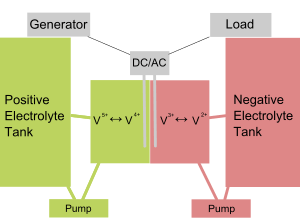Huxley Hill Wind Farm facts for kids
Quick facts for kids Huxley Hill Wind Farm |
|
|---|---|
 |
|
| Country | Australia |
| Location | King Island, Tasmania |
| Coordinates | 39°56′29″S 143°52′26″E / 39.94127825°S 143.87395767°E |
| Status | Operational |
| Commission date | 1998 |
| Owner(s) | Hydro Tasmania |
The Huxley Hill Wind Farm, also known as the King Island Wind Farm, is a wind power station located on King Island in Tasmania, Australia. This island is home to about 1600 people. The wind farm is owned by Hydro Tasmania.
It helps provide electricity alongside four diesel generators at Currie Power Station. King Island also uses special solar panels that move with the sun to generate 100 kilowatts of solar power.
The wind farm began making electricity in 1998. It first used three 250-kilowatt Nordex N26 wind turbines, which cost about $2.5 million. In 2003, two larger 850-kilowatt Vestas Turbines were added. Now, the wind farm can produce a total of 2.5 megawatts of electricity. Wind power provides about 35% of the island's electricity each year.
The Tasmanian Government helps pay for the island's electricity supply. They provide about $7 million each year. This support is like $2,500 for every person living there.
How Batteries Store Wind Power
In 2003, a special type of battery called a vanadium flow battery was installed at the wind farm. This battery cost about $4 million. It was one of the first batteries of its kind to be used with a wind farm.
The battery held 55,000 litres of a special liquid called vanadium electrolyte. It could store up to 800 kWh of extra electricity. The battery could put out 200 kilowatts of power. This helped make the power from the wind smoother and more steady.
Using the battery helped reduce how much diesel fuel was needed. However, the island still had to keep the diesel generators ready. The original battery system did not last very long. It has since been replaced with a newer 1.6 MWh "advanced lead acid technology" battery.


